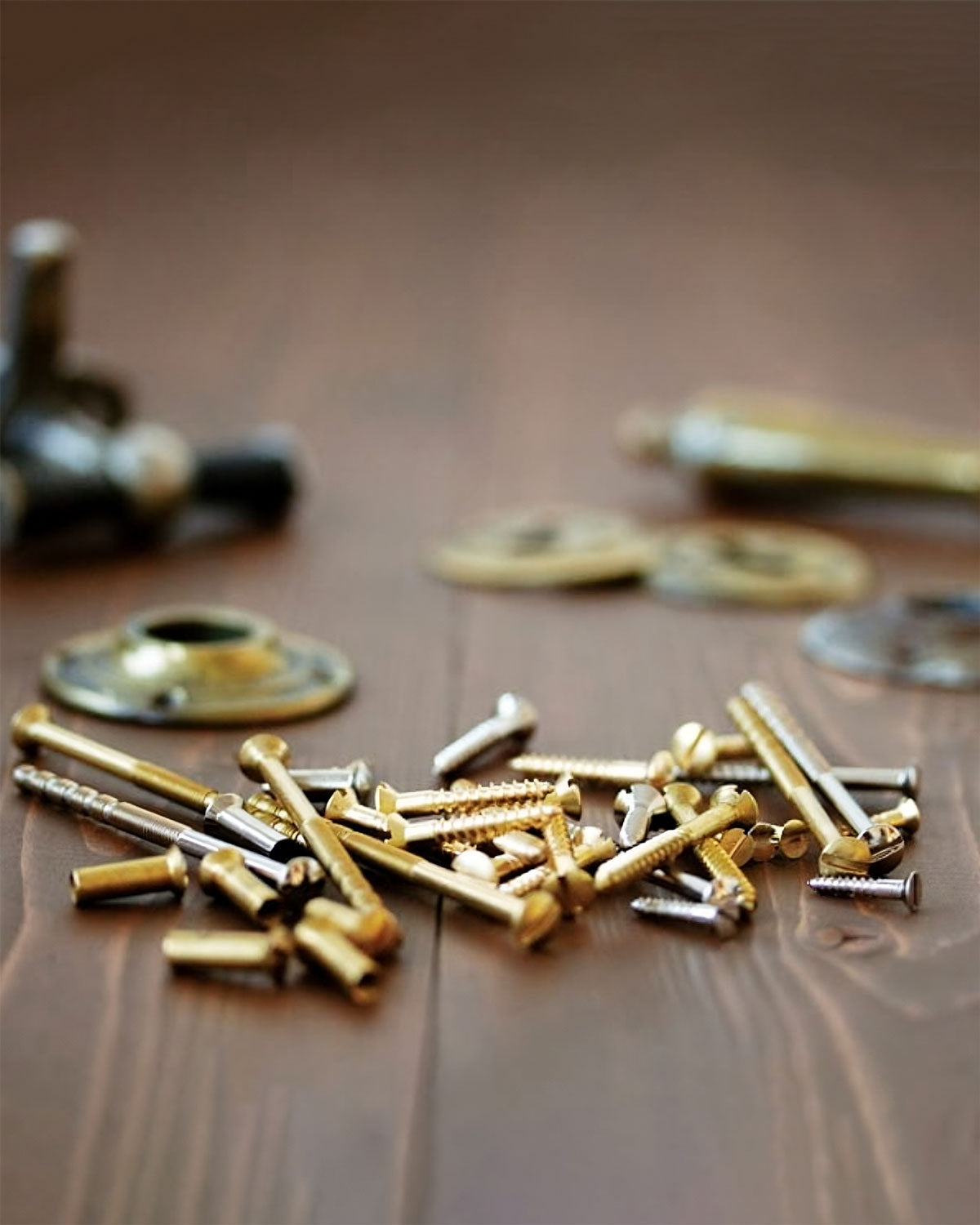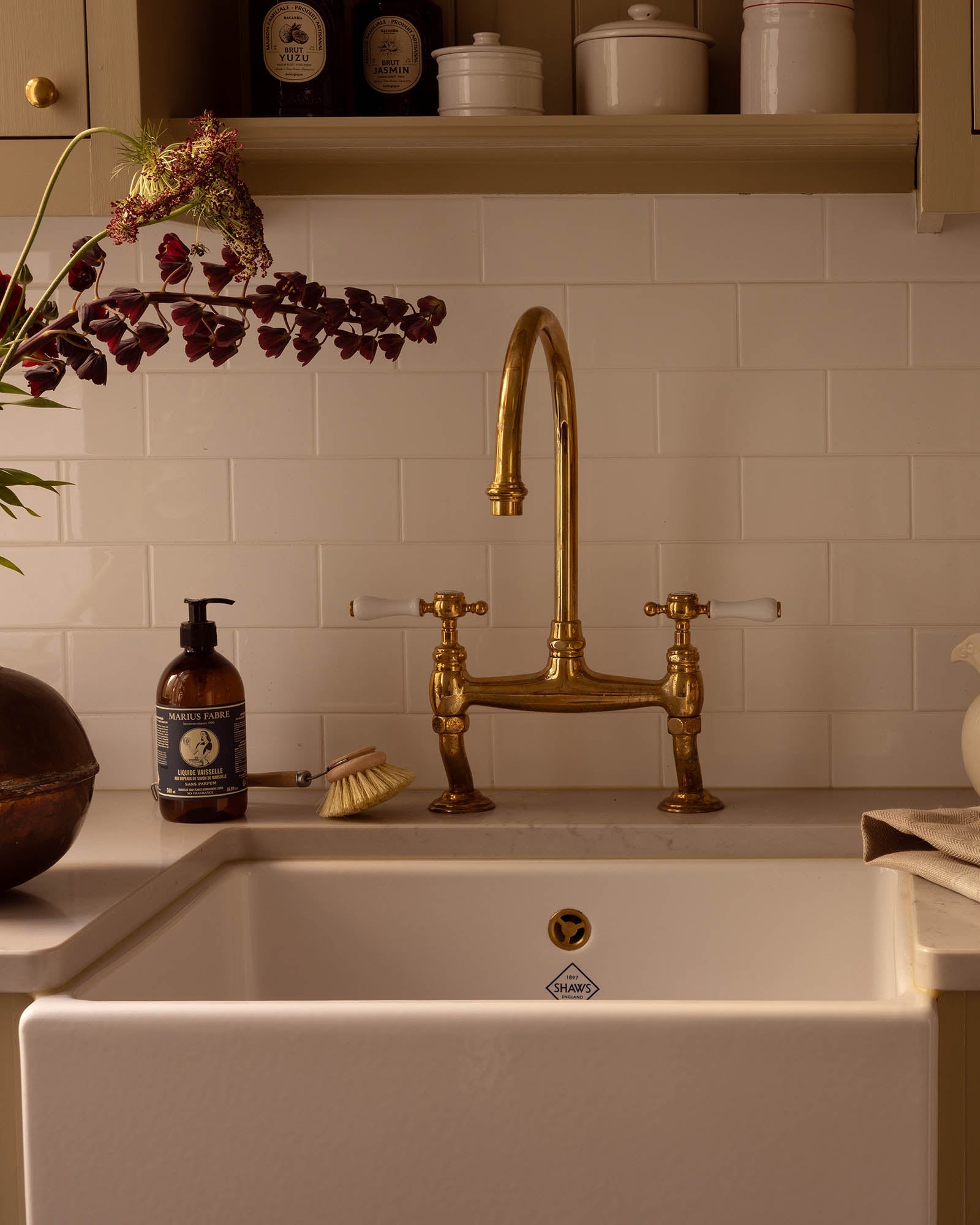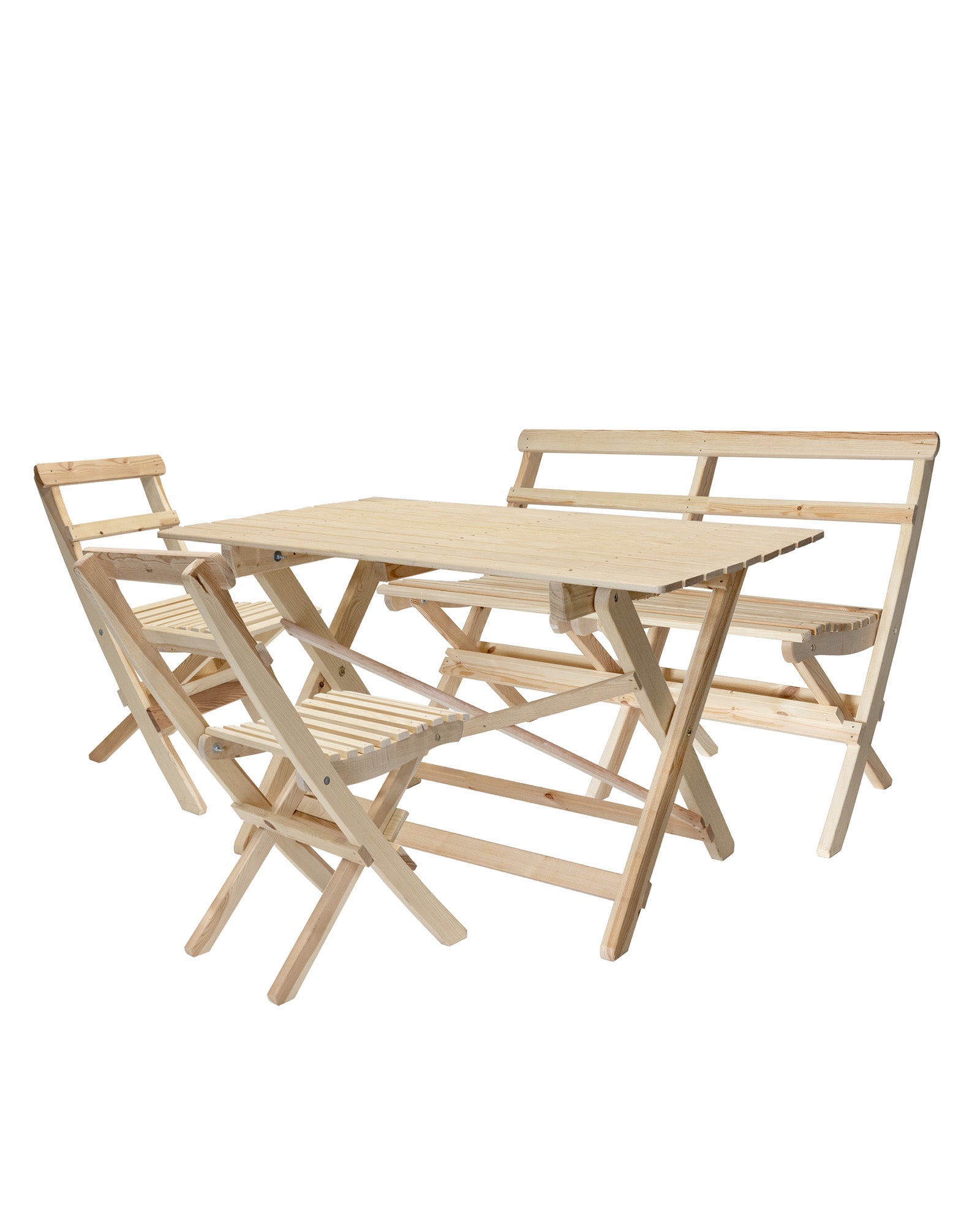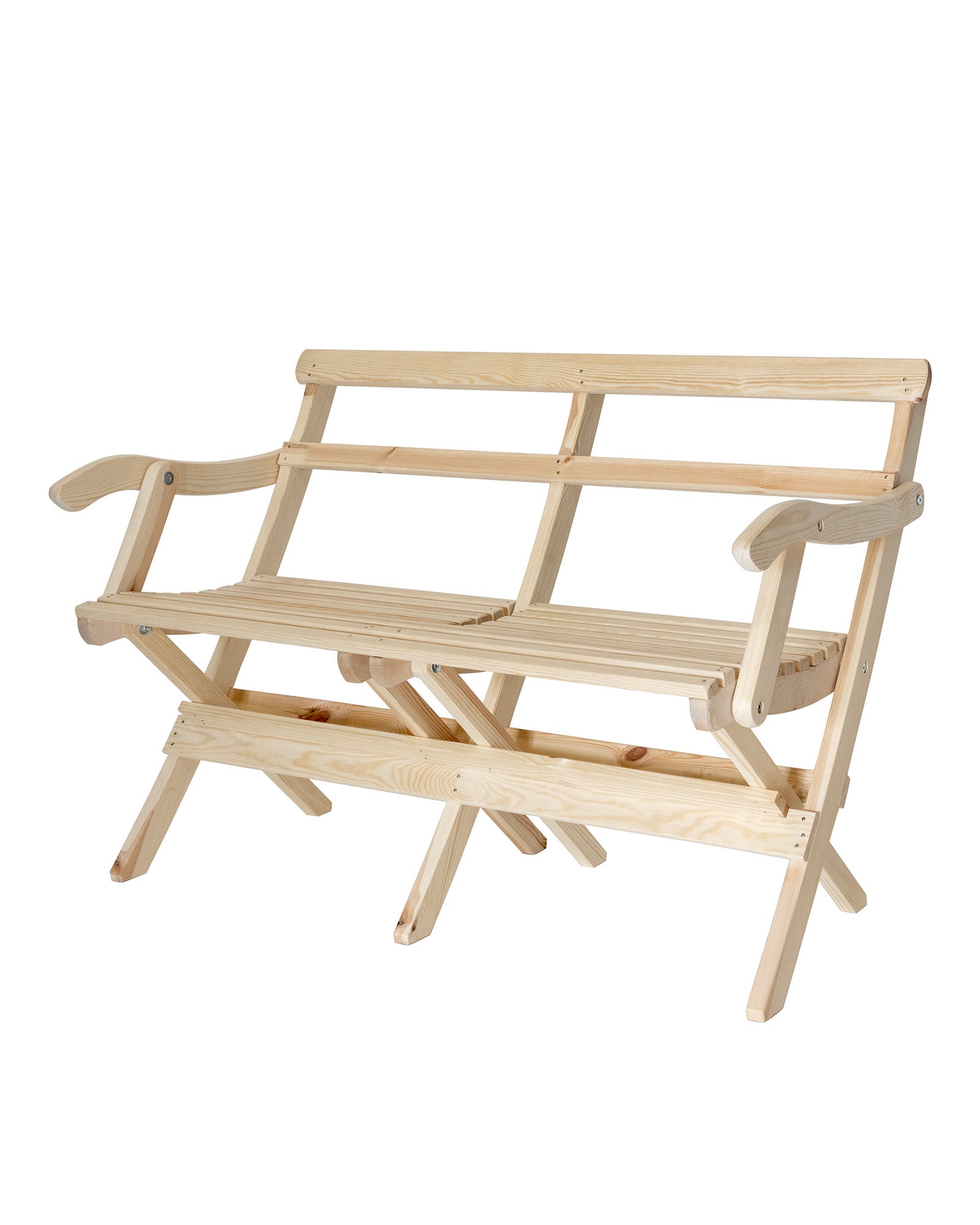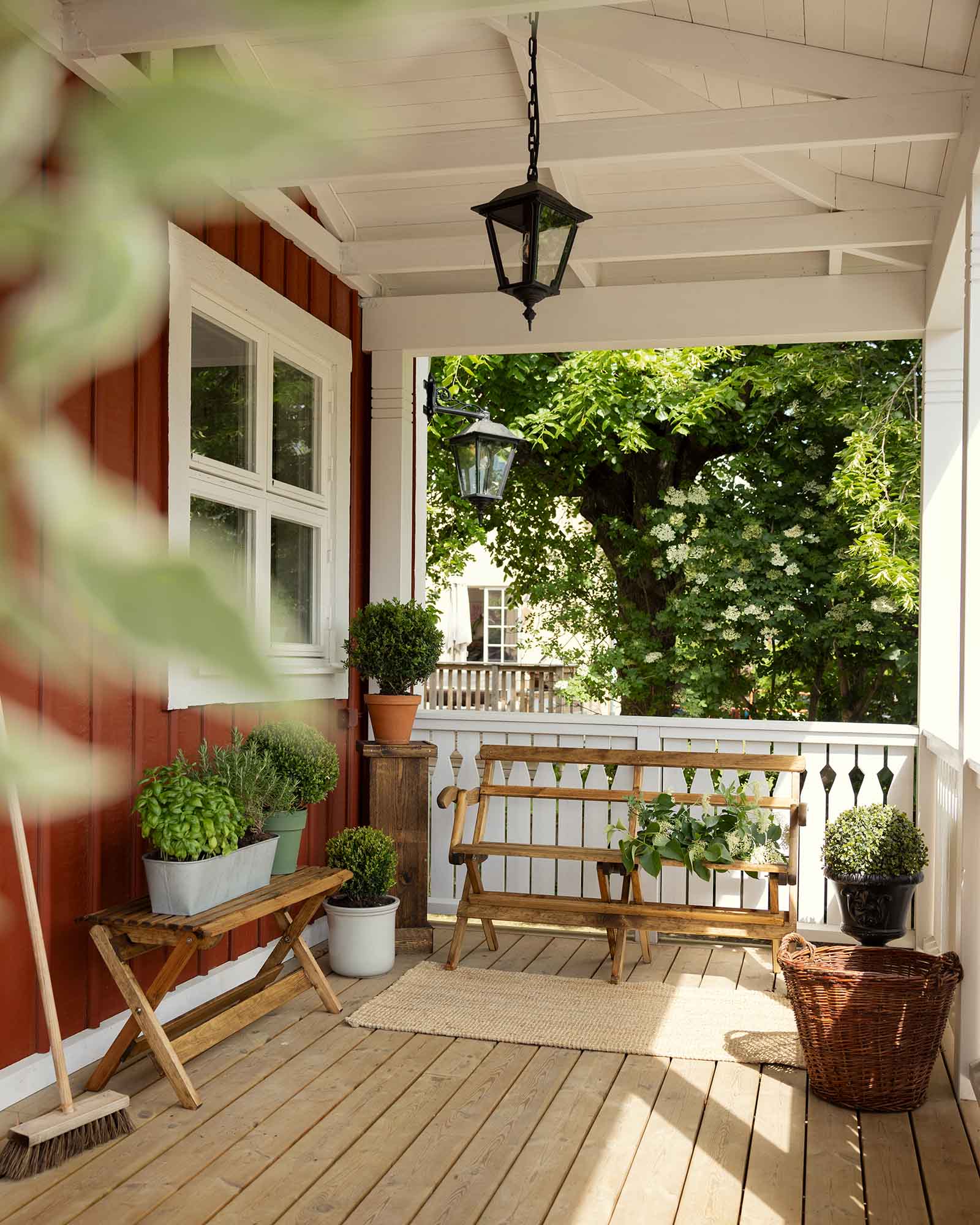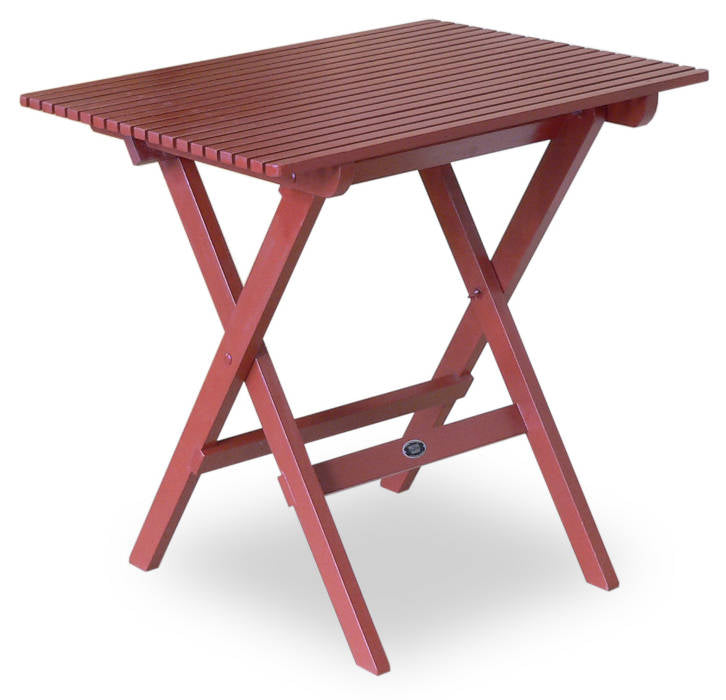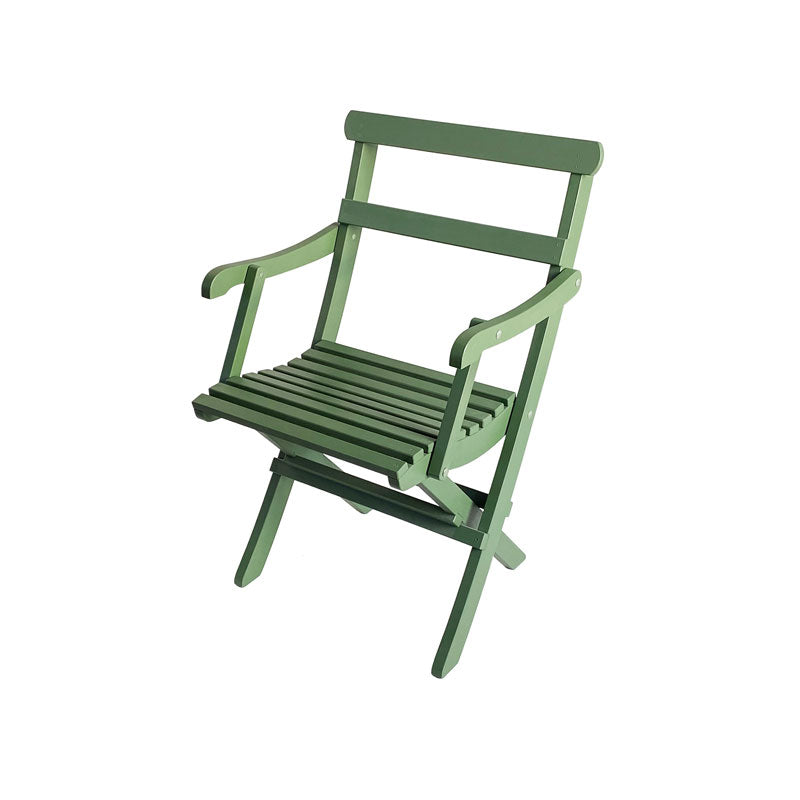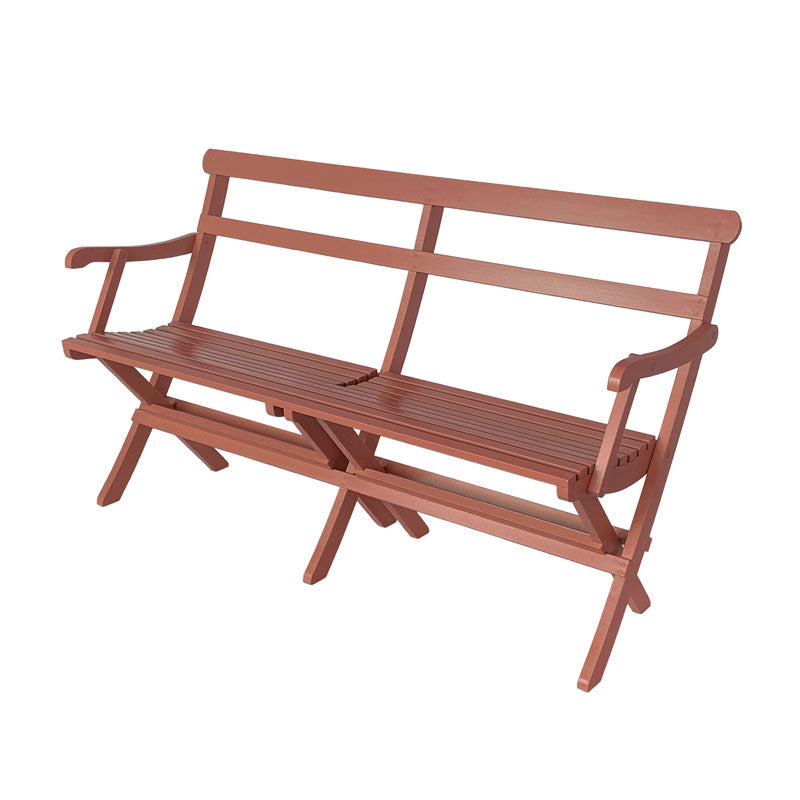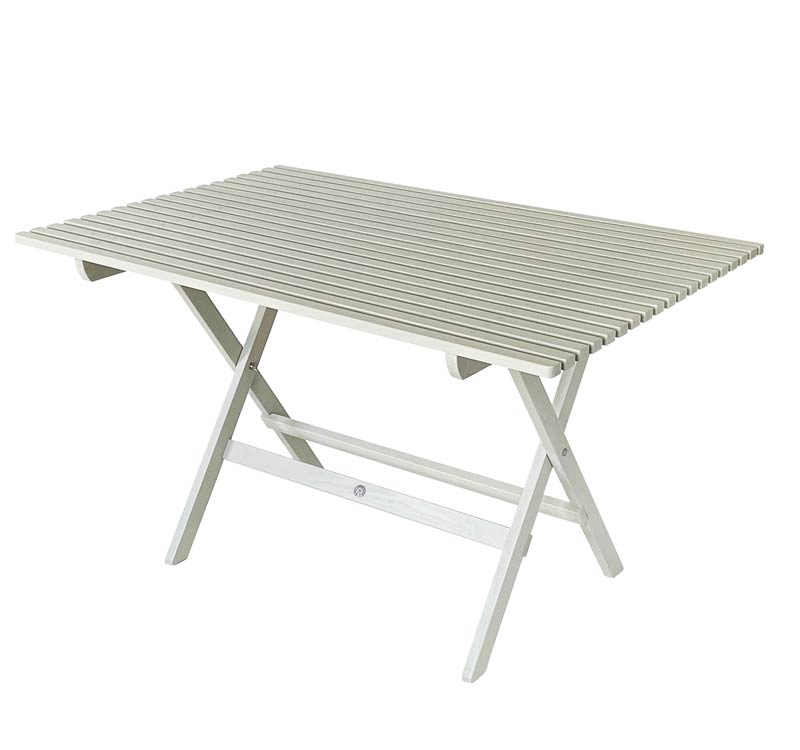High-Quality Pinewood
Slow-grown heart pine is an excellent material for outdoor furniture. Trees that have grown slowly and aged naturally develop tight growth rings and strong characteristics, making the wood highly durable. The trees are felled during winter dormancy, then sawn into suitable dimensions and air-dried for several years. Afterward, the wood is brought indoors to room temperature, where it fully dries before being precision-assembled. Once the furniture is returned to the more humid outdoor environment, the joints swell, ensuring exceptional stability. For the feet of the furniture, only resin-rich heartwood is used, which naturally resists moisture absorption.
Painting with Linseed Oil Paint
It is equally important that the wood is completely dry before painting so the linseed oil paint can penetrate the pores and bond with the surface. Use genuine linseed oil paint that breathes and allows moisture to escape, creating a diffusion-open surface (unlike many modern coatings that trap moisture and can eventually lead to rot). The high-quality linseed oil paint is applied by hand in 3–5 thin coats, depending on the color. The result is a durable paint that moves naturally with the wood as humidity changes.
Find more tips on how to paint with linseed oil paint.
Maintenance
Wipe regularly with a damp cloth to remove dirt, pollen, bird droppings, and pollution. For soot-like deposits (on light-colored furniture), use “Universal Stone” or another mineral-based cleaner that’s gentle on painted surfaces. Do not use linseed soap on these pieces, as it will dissolve the paint. After several years of outdoor exposure to sunlight and cleaning, the linseed oil paint will gradually leach and start to “chalk.” Many consider this a beautiful patina, but it also indicates the furniture needs maintenance. A simple solution, especially for darker colors, is to treat the furniture with linseed oil or varnish. This restores color and binds the pigment once again. Light-colored furniture can be refreshed best with one or two new coats of paint. Before repainting, remove dirt and loose particles by lightly washing or sanding. Ensure the furniture is thoroughly dry in sunlight or indoors before painting.
Winter Storage
Ideally, store the furniture outdoors under a roof with dry feet. Indoor storage (at room temperature) should only be temporary during maintenance. Note: Do not cover the furniture with plastic tarps. Linseed-painted wooden outdoor furniture should always be stored in a well-ventilated space.































































































